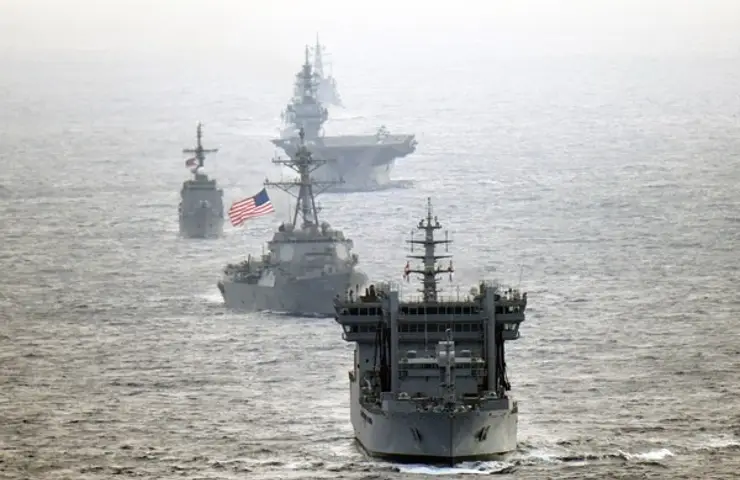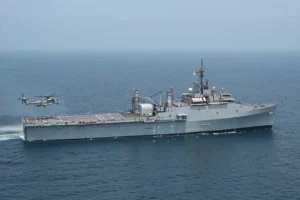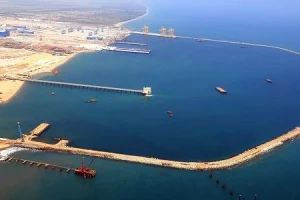More than a dozen American sailors were injured when their nuclear submarine was hit by an unidentified object in the South China Sea (SCS). The damaged vehicle is now heading towards the US territory of Guam.
The US Navy said that the USS Connecticut, a nuclear-powered fast-attack submarine, "struck an object while submerged on the afternoon of Oct. 2, while operating in international waters in the Indo-Pacific region".
The US Navy is determining the extent of damage to the submarine. It added: "The submarine remains in a safe and stable condition. USS Connecticut's nuclear propulsion plant and spaces were not affected and remain fully operational".
The US also has deployed two of its aircraft carriers in the region, which had only a few days earlier sailed around Taiwan. Many other countries from Europe have deployed their ships in an effort to counterbalance China.
The US submarine is operating in the SCS, a highly disputed region due to Chinese claims of ownership over the entire South-East Asian waters. Beijing has laid territorial claims on islands, reefs and rocky outcrops in the resource-rich waters.
However, the Philippines, Brunei, Malaysia, Taiwan and Vietnam hotly contest Chinese claims in the disputed waters, where China has built artificial islands and weaponised many of the territories. The Philippines has even dragged China to the Permanent Court of Arbitration (PCA) at the Hague over disputed maritime features, resulting in a legal defeat for China.
Over the last few weeks, tensions have only risen with Beijing sending repeated fleets of its air force into Taiwan's air defence identification zone (ADIZ).
The US has thrown its weight behind its allies and other nations in the region. Just last month it initiated a trilateral military pact with Australia and the UK (AUKUS) to provide nuclear-powered submarines to Australia–a country which too has run into numerous disputes with a belligerent China.
In the same region, the US is part of a four-member grouping with India, Japan and Australia–the Quad–to bring about economic development in the Indo-Pacific region with a view to slicing off Chinese influence with nations in South-East Asia as well as South Asia.




















